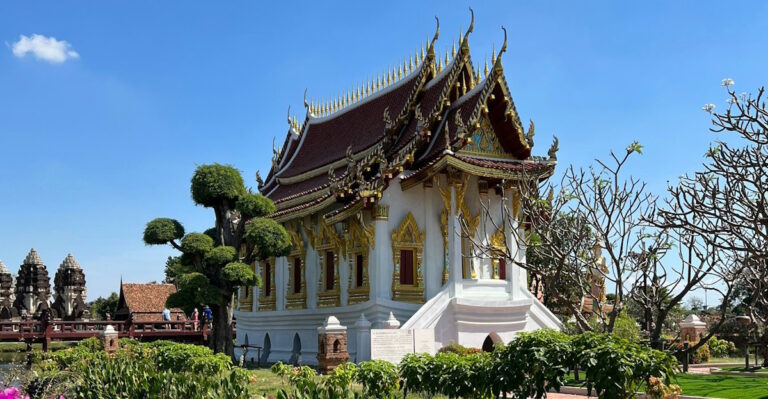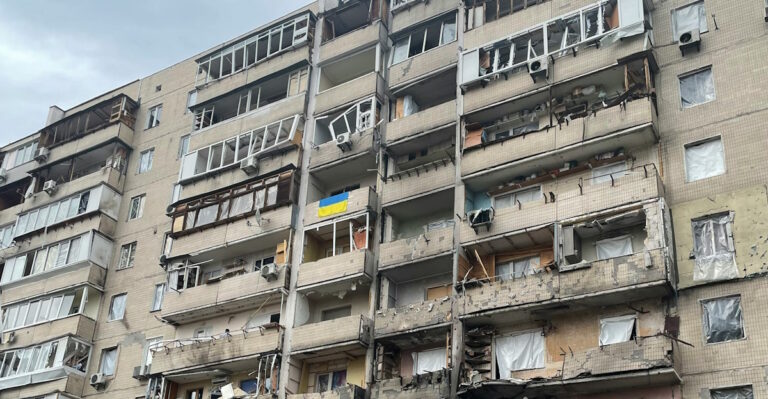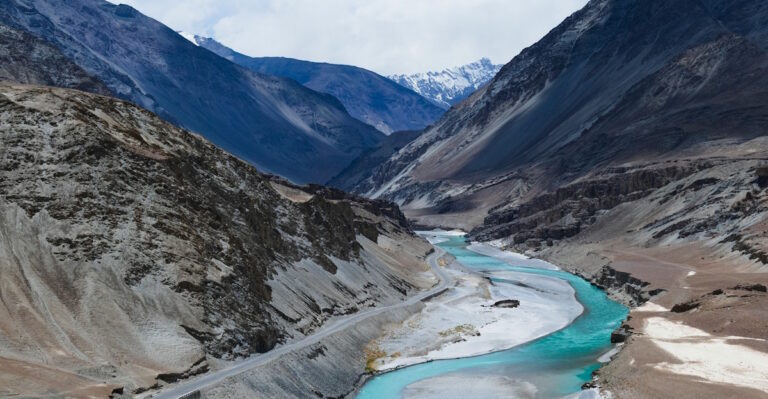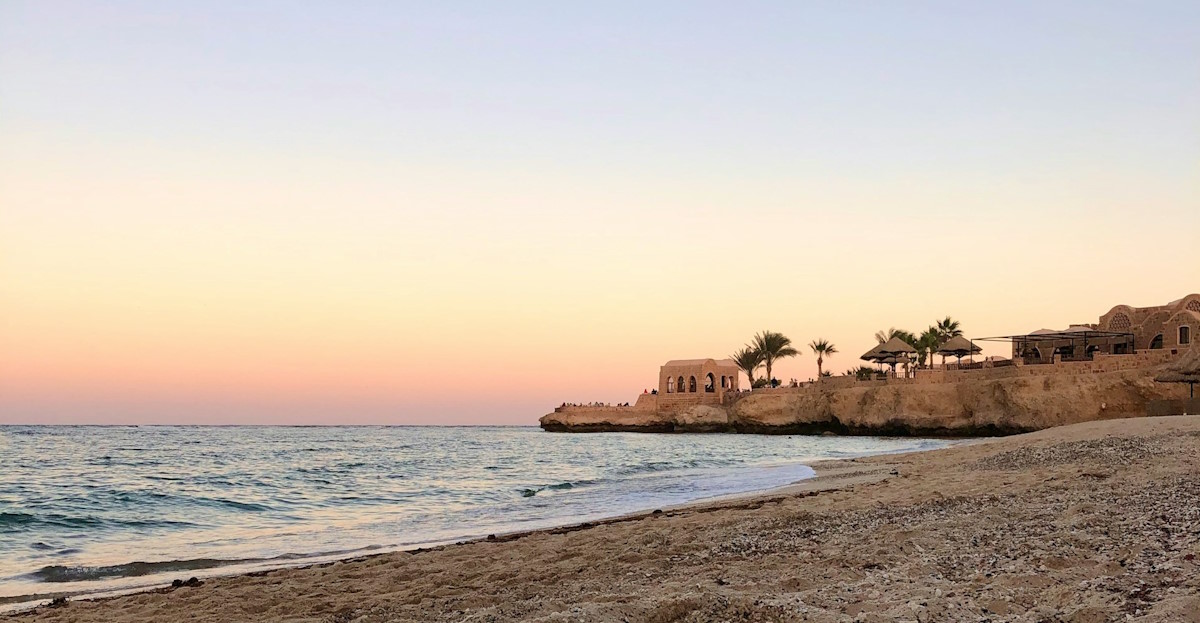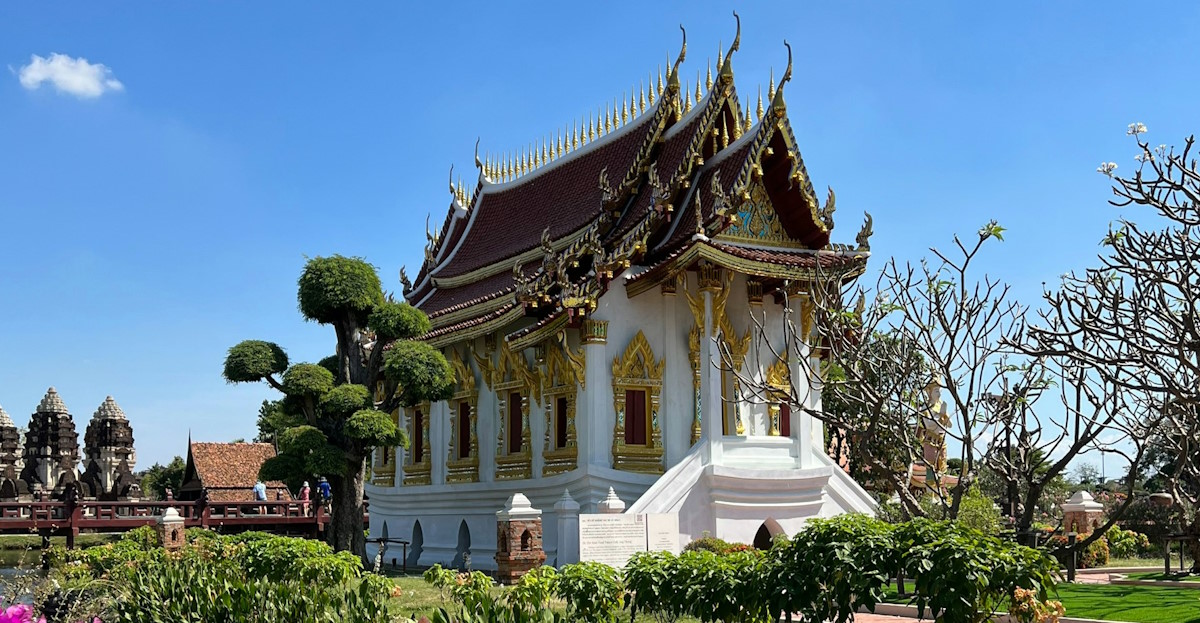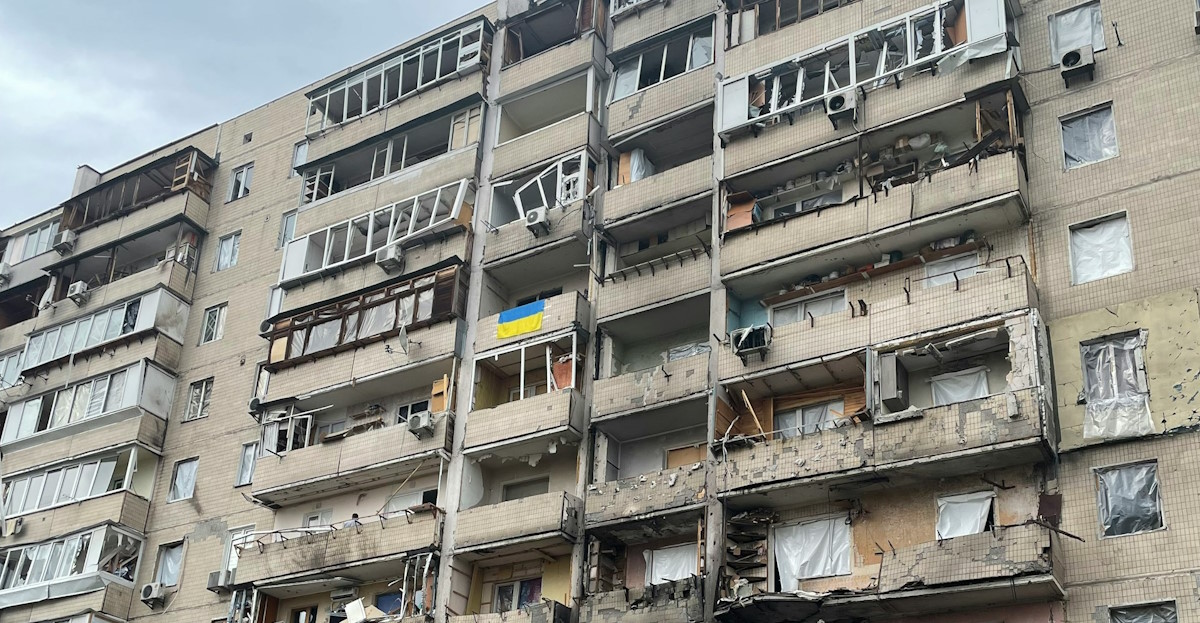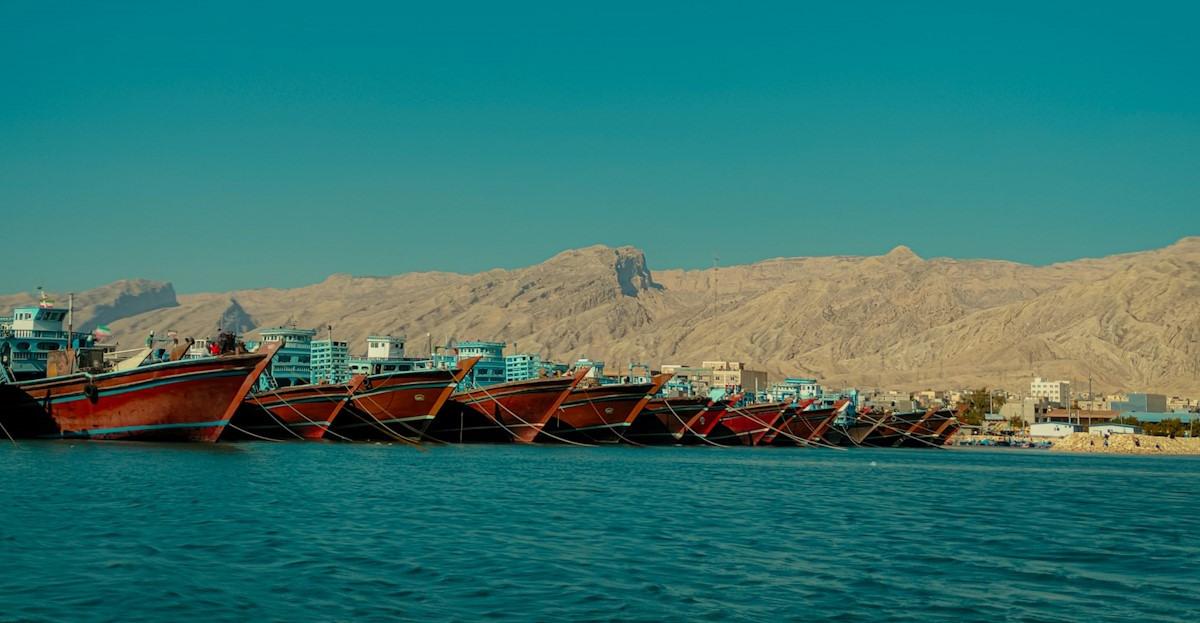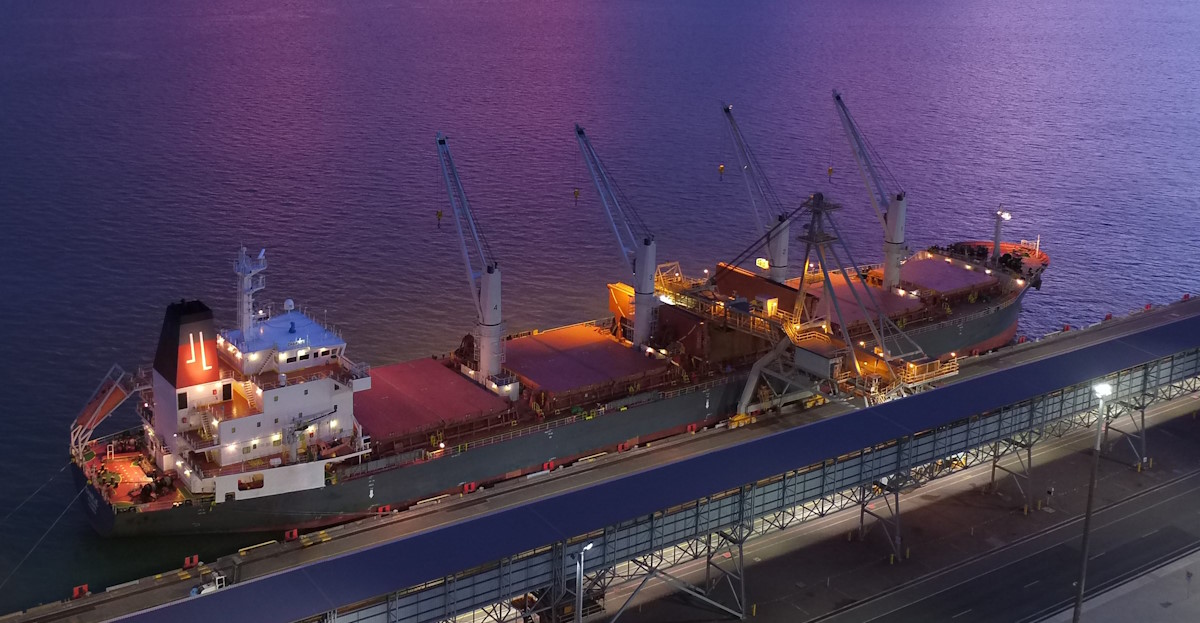by Sebastien GOULARD
The Kingdom of Bhutan is in the process of constructing a new city in Gelephu. “Gelephu Mindfulness City” was announced in December 2023 by King Jigme Khesar Namgyel Wangchuck. This new city is expected to become the primary economic hub of the kingdom, situated on the corridor connecting South Asia and Southeast Asia. In order to attract investors, the Mindfulness City will be an integral part of a special administrative region.
However, as articulated by the king, this city and special region will not be open to all businesses. Investors will be required to commit to upholding the values promoted by the Himalayan kingdom, particularly its Buddhist heritage and traditions, as well as its conception of happiness. Bhutan was the first nation to develop the notion of “Gross National Happiness” to measure the well-being of its population, integrating it into its 2008 constitution, which has inspired other countries and regions. Bhutan is also one of the few countries that limits the number of foreign visitors through a daily permit system that tourists must purchase (although the cost of this permit has decreased since the COVID crisis to revitalize the tourism sector).
New infrastructure is expected to emerge as part of the creation of “Gelephu Mindfulness City”, particularly in relation to transportation. Plans include a new airport to accommodate larger capacity aircraft. Similarly, Bhutan may cooperate with India to connect the cities of the new special region to the Indian railway and road networks. Another major element of the Gelephu region’s development plan concerns energy. Bhutan is currently the first carbon-negative country, due to its forests and hydroelectric facilities, and exports the majority of its electricity to India. A new hydroelectric project is expected to be launched in Gelephu to power the new city. The Sunkosh Dam is to include a temple, and its construction would not involve any displacement of the population. This dam will have a capacity of approximately 4600 MW. Wind and solar energy are also at the forefront. Bhutan has significant potential for solar energy production and is already working with the Asian Development Bank to enhance its capacities.
A third sector that Bhutan aims to develop in Gelephu is education. A new university is to be established in the new city, offering courses in philosophy, as well as in health and new technologies. The goal is to attract foreign students but also to retain young Bhutanese students.
As noted by Namgay Zam, the country is facing a significant wave of emigration, particularly to Australia. Thus, in 2023, nearly 15,000 young Bhutanese people obtained long-term visas for Australia in order to study and work there, resulting in a “brain drain” situation. Youth unemployment is particularly high, reaching nearly 28% in 2022, as there are insufficient opportunities for young people in the country currently.
Gelephu Mindfulness City could create new opportunities. Thus, new technologies are not being overlooked. Bhutan hopes to attract technology companies to Gelephu on the condition that they can accelerate the country’s energy transition. In the Himalayan kingdom, green technologies are already well-developed. Finance is another sector that Bhutan hopes to nurture in the new city of Gelephu. However, once again, priority will be given to green finance, so that the activities proposed by investors align with the kingdom’s ambitions.
The Challenges Facing Gelephu Mindfulness City
The main challenge for Bhutan will be to build a new city, as green as possible, without compromising the principles of protecting the cultural and environmental heritage that govern the kingdom. The new city is expected to attract new visitors, which will require new infrastructure and could increase pressure on the country’s resources and culture. A balance must be observed between growth and preservation.
Another important issue will be the integration of the inhabitants into this project, thus taking their needs into account. Today, Bhutan’s cities suffer from an infrastructure deficit. They have not adapted to the rural exodus that has occurred over the past 20 years, resulting in the population of the capital, Thimphu, doubling between 2005 and 2024, from 79,000 to 144,000. Compared to the metropolises of Southeast Asia, Thimphu’s population is very modest, but there is still a considerable need for construction work. What role will be given to the local inhabitants of Gelephu Mindfulness City? What impact will the creation of the new city have on the surrounding villages?
Beyond the proposed territorial development project to create Gelephu Mindfulness City, Bhutan presents new ambitions, that of a country respectful of its environment and culture, yet open to the world. Sandwiched between the two giants of India and China, and close to Southeast Asia and its dynamism, Bhutan proposes to become a new regional hub and offers an innovative development model. The priority now is for the kingdom to unite its entire population and stakeholders behind this vision.
The Gelephu Mindfulness City project has been entrusted to the Bjarke Ingels Group (BIG) in partnership with Arup and Cistri, and will be partly financed by the Bhutanese Oro Bank.
Author: Dr. Sebastien Goulard is the founder and editor-in-chief of Global Connectivities.


